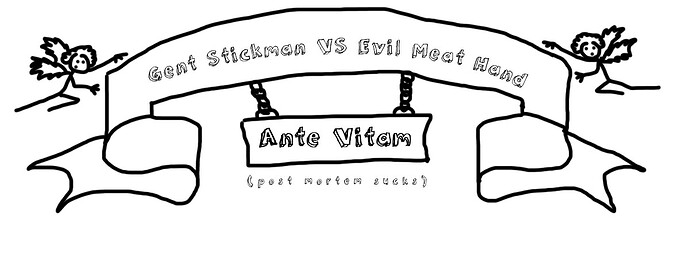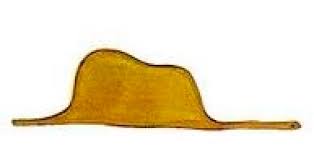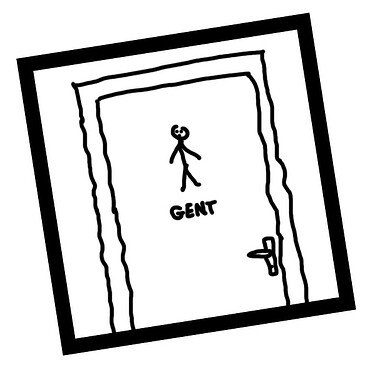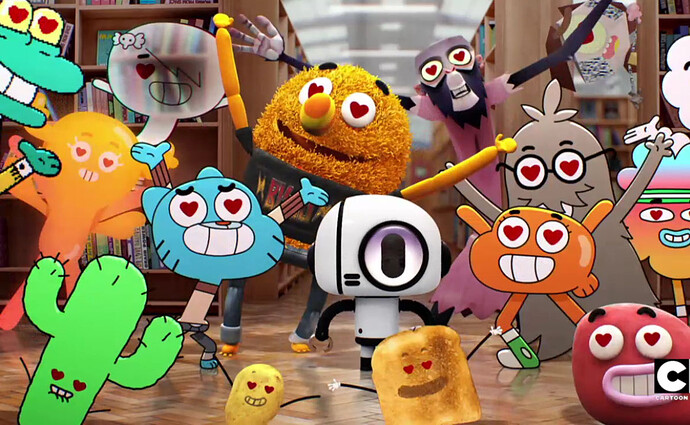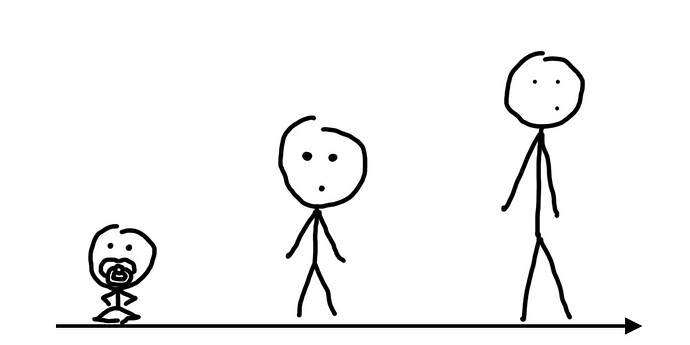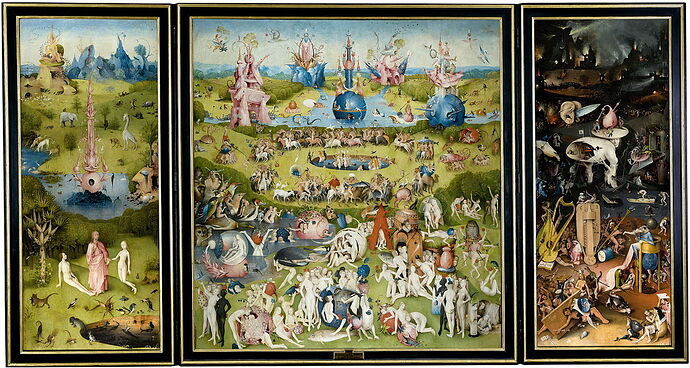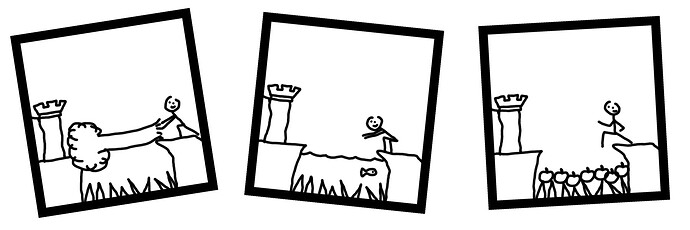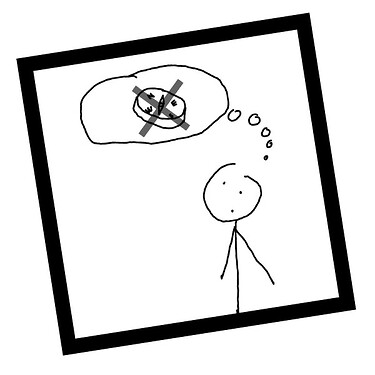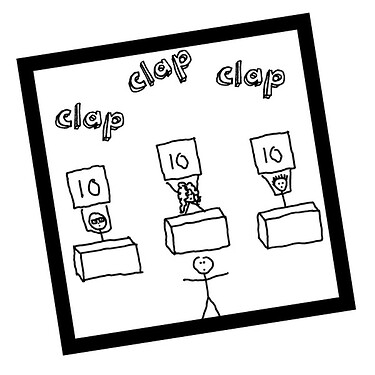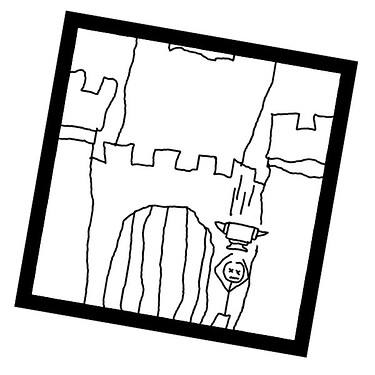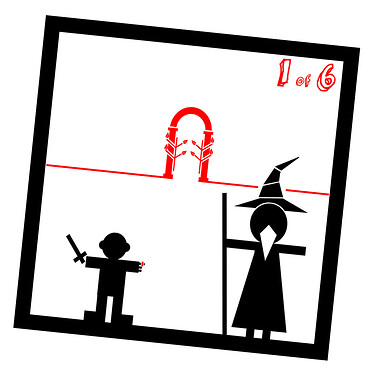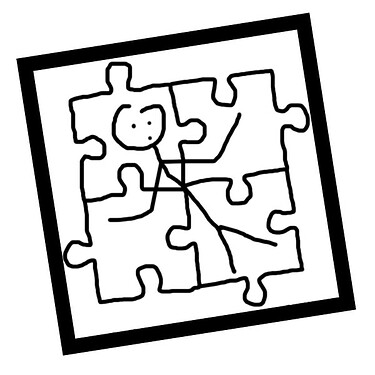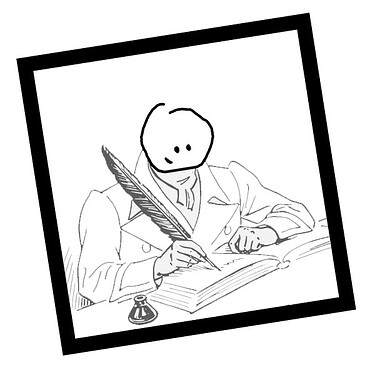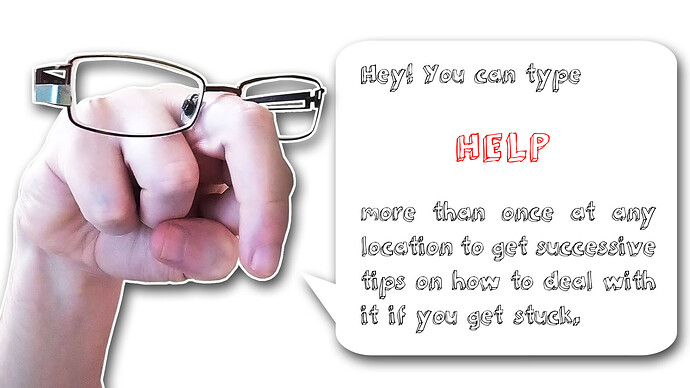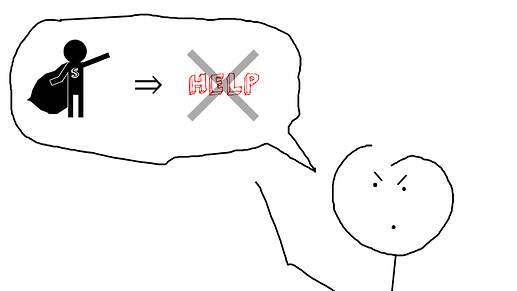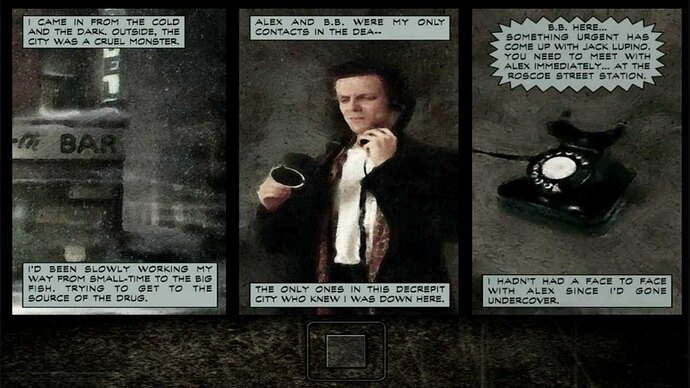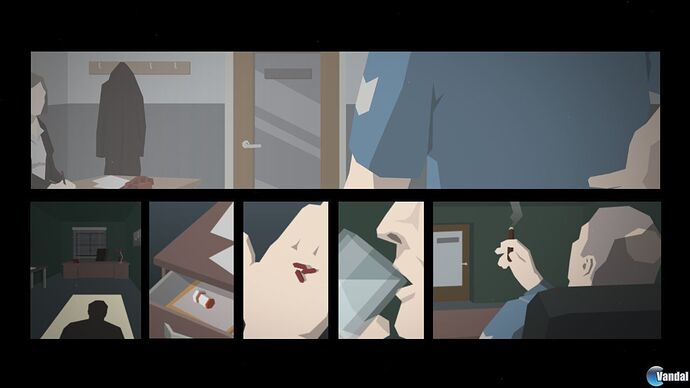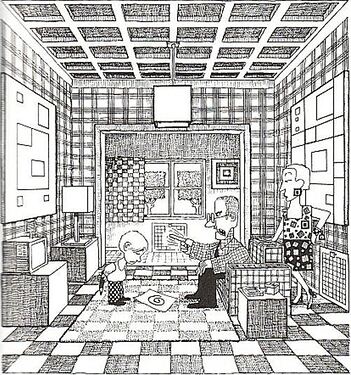9.- GENT STICKMAN AS A SECOND PERSON PUPPET
In books that talk about cinema techniques you are usually advised against breaking the fourth wall, the invisible one that keeps the spectator separated from the scene, that is “broken” when an actor looks to you directly (or talks to you).
Another thing you are also advised in those books is try to avoid making the spectator become conscious of the square screen they are looking at, avoid splitting the screen or showing different scenes at a time in different frames.
Both of those techniques are used in some films wisely, but are not supposed to be the main language of cinema.
Gent Stickman uses these “Square” images over the main location image to show you the results of the actions you typed, mainly as a consequence of the “comic” medium adopted. The suspension of disbelief that this could bring is, I believe, accepted by the players, without feeling that they are being taken out from the game, as that’s the game language and reality.
Also, from the very first location we can already see Gent Stickman looking at us through the screen, waiting for us to tell him what to do.
This kind of direct communication from Gent Stickman to the player happens more than once during the game, for example when you check the inventory, or when you ask him to drop the apple or to eat it, or simply when he doesn’t know what to do with the command typed.
While this kind of communication could break the suspension of disbelief in a story, I think that this is not happening here.
You are not a reader that is being narrated to, you are not looking at the story from the top, but you are in front of it, being the public for the story happening in front of you, as in a theater. As in a puppet theater in fact, with all the children screaming advice to the hero because the evil witch is approaching him over his shoulder. So, the communication of this game is I think more in the line of drama than novel.
Gent Stickman is not you.
I have liked gamebooks very much since I was a child, but I remember I strongly hated when they used a sales strategy like “The story where YOU are the protagonist!”.
No, man, I’m a poor Spanish boy that likes reading adventure stories. You can read that people usually get more engaged with the story when they feel some kind of identification with the character, but if you are telling me to do this, forcing me to feel that way, you are breaking the magic.
Those gamebooks usually use the second person present (“you are in this place, and you can see these things”) the same way than many parser games do.
I don’t think this is necessarily bad, but differs from the usual novels I read where I really feel in the story. I don’t think that this kind of language helps to enforce identification with the character.
The concept of psychological identification is very complex, but I think that what you are trying to achieve in a work of fiction is not that the viewer comes to believe that he is the character. Identifying with someone like that in real life would be considered pathological, feeling the same as another person because of what has happened to him. The usual thing is to feel empathy, understand those feelings, even suffer or rejoice for them, living our own feelings, but not feeling those feelings as our own.
I’m talking here about empathy vs identification: Understand the feelings of the other, instead of feeling them yourself. That’s something that I think works with Gent Stickman’s character.
So you are not Gent Stickman, although you are telling him what to do. You are not feeling what he feels nor can you have absolute control over his reactions. And the game tries to state it clearly. He is a poor puppet that does what you type, but not a robot. In fact sometimes he refuses to do what you are asking him to do (drop the apple he loves, fly, …).
Language to talk with the game
You may be wondering why I have referenced the type of language used in narration in a game that has no output text. This is because the game has input text, and although in English the usual way in which you address the game is through commands I think does not have great implications in this type of game, I think it does in other languages such as Spanish.
In Spanish like in other languages, the way to use verbs is different from English. The second person use of verbs is different from the first person or the infinitive.
So second person:
Uses a different word for “take” than first person:
And a different one than infinitive:
After all these free Spanish lessons, you will see that while in English you type the same words no matter the person you are talking to, in Spanish it is different, and for parser games that means that developers have to choose what kind of commands they will allow.
We are surely also more accustomed to reading novels, where the verb tense used is not the present but the past. In English, the verbs used are effectively different in this case, but in the case of Spanish, due to the variety that I mentioned before, the options you have to take into account skyrocket.
Thus, the development of parser adventures in Spanish has always been linked to the debate on what is the best way to proceed, with some games only admitting commands conjugated in the second person, although the general standard I think has ended up being the use of the infinitive, which is the most “aseptic” form but also the furthest from normal speech in Spanish (it is the way in which they made the Indians speak in the translations of westerns), being more forced, and with a greater flavor of operating system shell command than natural speech.
As a curiosity, for my previous Spanish game Celephais I accept the three modes in present tense, although the most commonly used to play was infinitive: coger la manzana / (to) take the apple.
Since I plan to translate Gent Stickman into Spanish, this point will be something to keep in mind.
Texts shown to the user in interactive fiction also use a specific person and tense (past or present):
In this game you don’t have output text, so the only way I can imagine to state what person is narrating would be through that trick of breaking the 4th wall. He is the puppet, you are the player, and you are talking directly to him.
The tense in this case is the present, as what you have in front of you is the real world for Gent Stickman. Again, all that pointing to “theater”.
